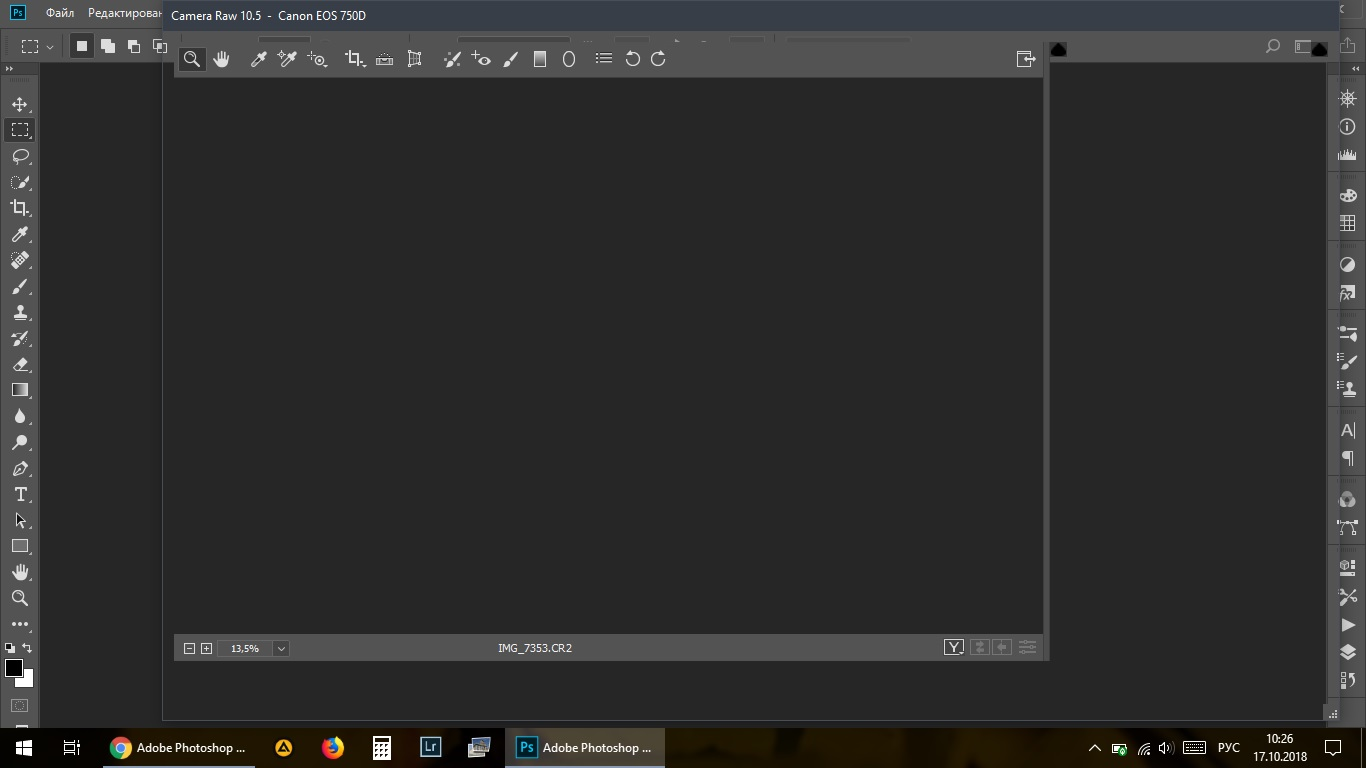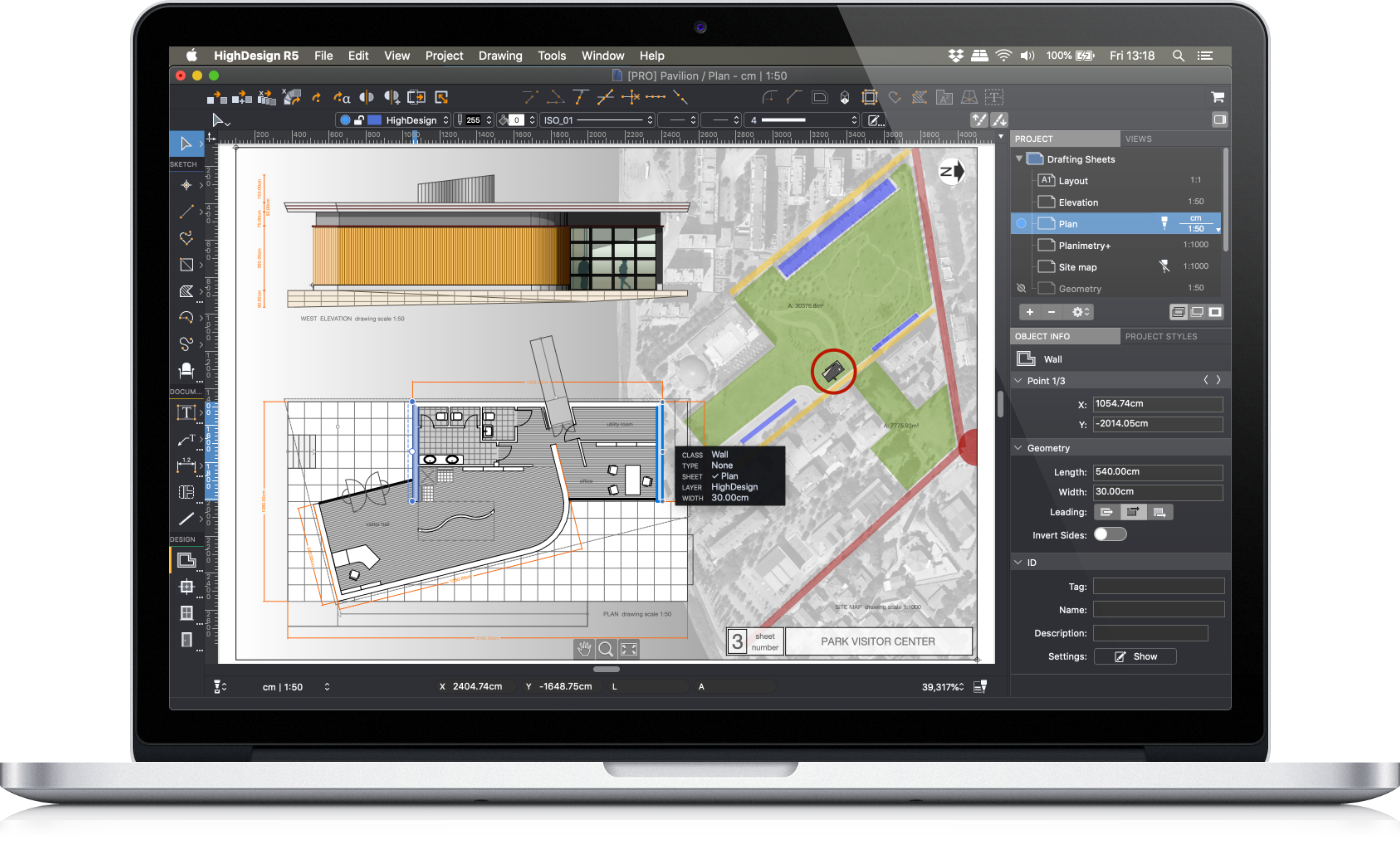

The outflow is typically 6,000 to 12,000 feet across and the vortex ring may rise 2,000 feet above the ground. When the downdraft reaches the ground, it spreads out horizontally and may form one or more horizontal vortex rings around the downdraft. Also known as microburst, it is a powerful downdraft associated with a thunderstorm. However, thunderstorms can also stall and become virtually stationary.ĭownburst. Thunderstorms commonly move through an area quite rapidly, often causing high winds for only a few minutes at a given location. Hail and tornadoes are also sometimes produced. Besides producing high winds, they often create heavy rain. They are most common in the Southeast and Midwest. each year, typically in the spring and summer. Approximately 10,000 severe thunderstorms occur in the U.S. This type of storm can rapidly form and produce high wind speeds. If the local building department has not established the basic speed, use of regional climatic data and consultation with a wind engineer or meteorologist is advised. Neither the American Society of Civil Engineers (ASCE) Minimum Design Loads for Buildings and Other Structures, ASCE 7 or model building codes provide guidance on wind speeds in special wind regions. In the continental U.S., mountainous areas are referred to as "special wind regions" (see Figure 1). Down-slope winds with very high wind speeds frequently occur in Alaska and Colorado. Wind flowing down the slope of mountains is referred to as down-slope wind. and its possessions (see Figure 1).ĭown-slope wind. Straight-line winds occur throughout the U.S. High winds associated with intense low pressure can last for upward of a day at a given location. Straight-line wind speeds range from very low to very high. The wind is considered, in general, to blow in a straight line. This type of wind event is the most common. For a discussion of the primary storm types see below. The characteristics of the type of storms that can impact the site should be considered by the design team. The Nature and Occurrence of High WindsĪ variety of windstorm types occur in different areas of the U.S. This Section provides an overview of the nature and occurrence of high winds (including wind/building interactions), discusses what wind can do to office buildings, and discusses priorities, costs, and benefits of potential risk reduction measures. Incorporation of those practices that are applicable to a specific project will result in greater wind-resistance reliability and will, therefore, provide enhanced protection for occupants and decreased expenditures for repair of wind- and water-damaged facilities. Numerous examples of best practices pertaining to new office buildings are presented for consideration. Because of the frequency and significant consequences of building envelope failure, emphasis is given to the building envelope. This Resource Page discusses structural and nonstructural building components and illustrates a variety of wind-induced damages, including wind-driven rain infiltration. In tornado-prone regions, consideration should be given to designing and constructing portions of office buildings to provide occupant protection. 1 Although the magnitude and frequency of strong windstorms varies by locale, all office buildings should and can be designed, constructed, and maintained to avoid wind damage (other than that associated with tornadoes). Wind with sufficient speed to cause damage to weak office buildings can occur anywhere in the United States and its possessions. Rather, most damage occurs because various building elements have limited wind resistance due to inadequate design, application, material deterioration, or roof system abuse. It is important to realize that a well-designed, constructed, and maintained office building may be damaged by a wind event that is much stronger than what the building was designed for however, except for tornado damage, this scenario is a very rare occurrence. Discussion ranges from basic information on various types of winds and wind/building interactions to detailed recommendations. This chapter is aimed at new Federal office buildings, but much of the information is also applicable to other types of buildings. The purpose of this Resource Page is to provide designers with information, guidance and resources so that they will be more capable of designing wind-resistant and wind-driven water-resistant envelopes. In large part, the poor performance has been due to inadequate design attention.

The high-wind performance of office building envelopes has historically been poor.


 0 kommentar(er)
0 kommentar(er)
